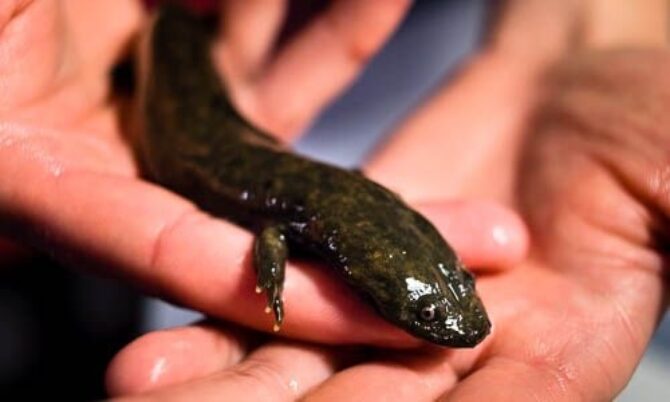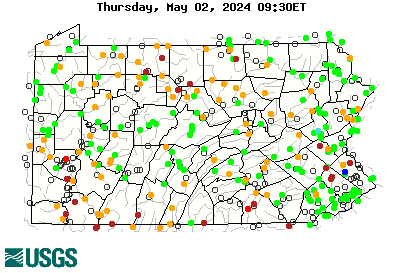sixfootfenwick
Well-known member
I highly doubt it too but ultimately it would depend on what US Fish and Wildlife determine, not the PFBC.Along with eating the juvenile Hellbenders, wouldn’t the added competition from stocking trout also limit calories in a food web?
Although I would love to see stocking stop over native fish and Hellbenders, I highly doubt, given the track record of the PFBC, that this would be enough to get them to stop.
All I'm trying to point out is this thought isn't that far out there. With respect to introduced species, nonnative predatory fishes have been linked to population declines for a number of species. Trout (Family Salmonidae), in particular, have been introduced around the world (MacCrimmon,1971) and have been shown to have strong negative effects on some amphibian populations. For example, introduction of trout into fishless mountain lakes in the western United States has led to population extinctions of the yellow-legged frog (Rana muscosa) throughout much of its range.






